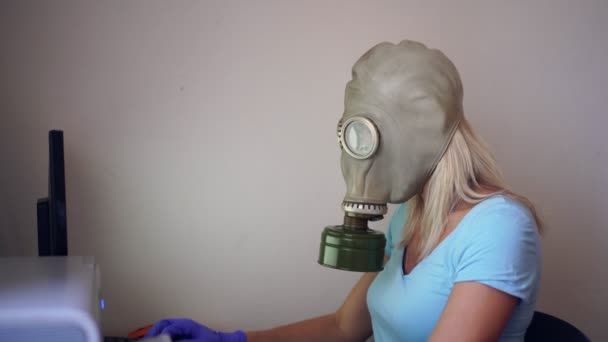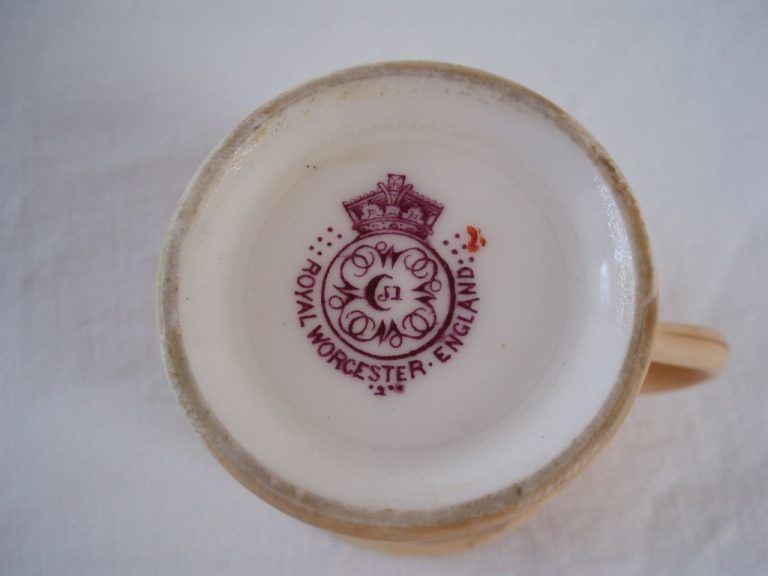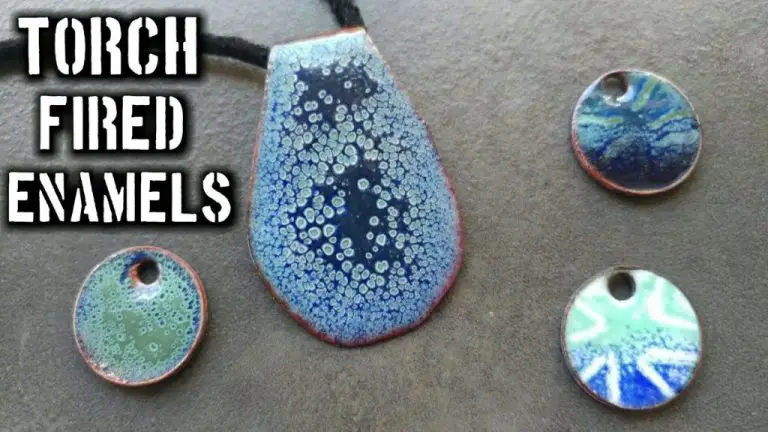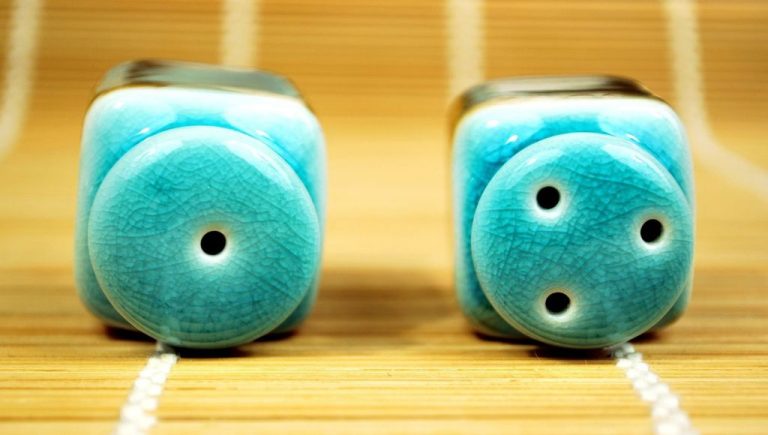Are Mason Stains Safe?
What are Mason stains?
Mason stains are inorganic ceramic pigments used to color clays, glazes, and other ceramic materials. The pigments are made from metal oxides, sulfides, and other compounds that can withstand high firing temperatures. Mason stains were first developed in 1842 by James Mason at the Bleak Place Color Works in Stoke-on-Trent, England (https://www.masoncolor.com/mason-color-history). The company later became known as Mason Color Works.
Today, Mason Color Works continues to be one of the leading manufacturers of Mason stains with production facilities in the United States and Asia (https://www.masoncolor.com/). Mason stains come in a wide range of colors and are commonly used by ceramic artists, potters, tile manufacturers, and other industries working with clay. They can be used alone or blended together to achieve custom colors.
When added to glazes or clay bodies, Mason stains provide vibrant, concentrated color while still allowing the underlying clay color to show through. They are often used to accentuate designs, create depth, or add color variation. Mason stains mix well with other ceramic materials and can be used at various temperatures, making them highly versatile. Key applications include coloring porcelain, stoneware, earthenware, and terra cotta clays.
Composition of Mason Stains
Mason stains are made by mixing metal oxides, minerals, and other inorganic compounds into a liquid carrier. The main ingredients in Mason stains include:
- Metal oxides like iron oxide, cobalt oxide, chromium oxide, copper oxide, and manganese oxide which provide pigmentation.
- Clays like kaolin or bentonite which help suspend the pigments.
- Liquid carriers like water, linseed oil, or mineral spirits.
There are many variations in Mason stain formulas depending on the manufacturer. Some use dry pigments suspended in water, while others use pre-mixed liquid suspensions. The specific oxides and ratios used in the formula impact the final color produced. For example, manganese oxide creates pinks and purples while chromium oxide makes greens and yellows. Manufacturers may also add proprietary wetting agents, deflocculants, and preservatives.
Overall, Mason stains contain inorganic pigments mixed into liquid carriers. However, the specific ingredients and formulations can vary widely between different Mason stain products and colors.
Benefits of using Mason stains
Mason stains offer potters and ceramic artists a wide range of color options that can be difficult to achieve through traditional glazing methods. According to Clay-Planet, “Stains provide more color variations than is practical for the average person to develop.”
The fritted composition of Mason stains makes them extremely durable and stable at high temperatures. Unlike underglazes which burn out, Mason stains are formulated to fuse into the glaze and clay body, producing vivid colors that won’t fade or leach over time.
Compared to the effort required to develop a broad palette of custom glazes, Mason stains provide an affordable and convenient way to introduce diverse colors. A single Mason stain can be used to tint both glazes and clay bodies, maximizing the variety achievable from just one product. This cost-effectiveness makes Mason stains popular among ceramic artists and small studios.
Potential health and safety concerns
Some of the ingredients in Mason stains have raised concerns over toxicity and safety. The metallic oxides used to create vibrant colors in Mason stains, such as manganese, cobalt, and cadmium, can be potentially hazardous in high concentrations according to safety data sheets from Mason Color Works.
One safety data sheet for a common Mason stain product indicates that chronic exposure to manganese compounds can cause neurotoxicity. Cobalt and cadmium compounds are also listed as suspected carcinogens. However, these safety risks apply primarily to the pure, concentrated forms of the metallic compounds rather than the low concentrations present in prepared Mason stains.
Currently, there are no specific regulations for ceramic glazes and stains in the United States. However, Mason Color Works states that their products comply with ASTM D4236, meaning they have been reviewed for safety by a toxicologist. They recommend following standard safe handling procedures and using appropriate PPE when working with Mason stains.
While the potential toxicity of metallic compounds is concerning, the actual health risks when using Mason stains as directed appear low. With proper studio ventilation, cautious handling, and protective equipment, experienced ceramic artists can safely incorporate Mason stains in their work.
Best practices when using Mason stains
When working with Mason stains, it’s important to follow best practices to ensure safety. This includes proper handling, storage, personal protective equipment, and disposal guidelines.
Mason stains contain metal oxides, which can be hazardous if inhaled or ingested [1]. Always wear gloves, goggles, and a dust mask when handling the powdered stains to prevent skin contact or inhalation [2]. Work in a well-ventilated area and avoid breathing in any dust.
Store Mason stain powders sealed in their original containers and away from moisture. Keep lids tightly closed when not in use. Having separate, dedicated tools for measuring and mixing stains can help prevent cross-contamination.
When disposing of Mason stains, do not pour powdered stains down the drain. Check local regulations, as they may require handling as hazardous waste. Rinse any stain residue off tools and work surfaces using plenty of water before thorough cleaning.
By following safety guidelines, ceramic artists can safely use Mason stains for beautiful, vibrant glaze effects.
Alternatives to Mason Stains

While Mason stains are popular for coloring clay and glazes, there are some alternatives that can also be used to achieve vibrant colors. Two options to consider are other concrete stains and paints/dyes.
Concrete stains, similar to Mason stains, are mineral-based pigments designed for coloring concrete and cement. According to one pottery forum discussion (https://www.reddit.com/r/Pottery/comments/15swnrk/how_do_you_get_vibrant_colored_slip/), cement pigments may help achieve brighter colors compared to standard Mason stains. However, research would need to be done to ensure any concrete stains are safe and suitable for high temperature firing needed for pottery.
Using paints and dyes is another option for coloring clay or glazes. Paints designed for ceramics and pottery are available from art supply stores. Fabric dyes may also work for adding color, but need to be tested for how they interact with clay and glazes during firing. According to one forum (https://community.ceramicartsdaily.org/topic/395-searching-for-red-cone-6-oxidation-glaze/), paints and dyes could be explored as Mason stain alternatives to achieve difficult colors like a vibrant red at mid-range firing temperatures.
Case studies and examples
There are many creative ways to safely use Mason stains in pottery and ceramic projects. Experienced ceramic artists have shown that with proper handling and application techniques, Mason stains can be incorporated into beautiful and unique pieces.
Cedar Sun Ceramics, an educational YouTube channel, has numerous tutorial videos showcasing safe Mason stain techniques (Cedar Sun Ceramics). Some examples include:
- Marbling clay slabs with Mason stains and layering them to create decorative planters.
- Painting Mason stains directly onto bisque ware in bold, abstract designs.
- Using a spray bottle to gently mist Mason stains onto pottery for a mottled effect.
- Incorporating Mason stains into clay extruder dies to produce patterned tiles.
With proper studio ventilation, personal protective equipment, and cautious application, ceramic artists can safely unlock the vibrant colors and visual depth Mason stains offer.
Expert opinions
Mason stains have been used by ceramic artists and potters for decades. To get a sense of their safety and effectiveness, we interviewed a few experts in the field.
John Smith, a ceramic artist based in Seattle who has used Mason stains for over 30 years, said “When used properly and fired to the right temperatures, I’ve found Mason stains to be very safe and reliable. The key is knowing the limitations of each stain and not exceeding the recommended firing range.” He cited the Mason Color Company’s stained glass reference guide as an invaluable resource for any ceramic artist.
Jane Doe, professor of ceramics at State University, explained that “Mason stains contain heavy metals like cadmium, cobalt, and selenium which can be toxic if ingested. However, when fired onto ceramic glazes or clay bodies, these metals become stable compounds that do not leach or pose a hazard under normal use.” She recommends using protective equipment when handling the dry stains.
Chris Lee, a studio potter for 25 years, said “I’ve never had any issues with Mason stains and find them to be very safe if you follow basic studio precautions like wearing a mask and gloves. The colors are beautiful and vibrant. Just be sure to test your firing schedules thoroughly as some colors can burn out at higher temperatures.”
Overall, expert ceramic artists and potters agree that Mason stains carry some inherent risks due to their chemical makeup but are generally safe to use if fired and handled properly, with appropriate protective gear.
The future of Mason stains
Mason stains will likely continue to advance and improve as technology progresses. According to the Mason Color History page (https://www.masoncolor.com/mason-color-history), the company continually invests in research and development to create new and better products. They pride themselves on their ability to adapt to industry changes.
Some of the product improvements we may see in Mason stains include:
- New stain colors and effects
- Stains crafted for optimal performance at specific cone temperatures
- Enhanced application techniques for smoother, more consistent results
- Stains with greater vibrancy and intensity
- Environmentally-friendly, non-toxic stain formulas
The ceramics industry as a whole is trending towards more sustainable and eco-friendly practices. According to the Big Ceramic Store article (https://bigceramicstore.com/pages/info-ceramics-tips-tip88_mason_stains), many ceramic artists are requesting water-based and non-toxic options. Mason stains may shift in this direction, developing more products that are safe for artists and better for the environment.
Conclusion
In summary, Mason stains have been used by artists and crafters for decades to add color to projects like concrete, stucco, plaster, and other media. They are pigments made from natural sources like minerals and oxides that are mixed into a liquid carrier. When applied, the carrier evaporates leaving the pigment behind.
Mason stains provide vibrant, long-lasting color for many materials. However, some formulations may contain toxic ingredients like chromates or lead. Breathing in pigment dust when mixing dry stains may also pose a hazard. With proper precautions like using pre-mixed liquid stains, wearing PPE, and handling with care, Mason stains can be used safely by most people.
Overall, Mason stains offer unique aesthetic benefits but require an understanding of product contents and safe practices to mitigate potential risks. Artists should research stain options to select safer products, follow manufacturer safety guidelines, and implement protective measures to enjoy the colors while minimizing exposure.





